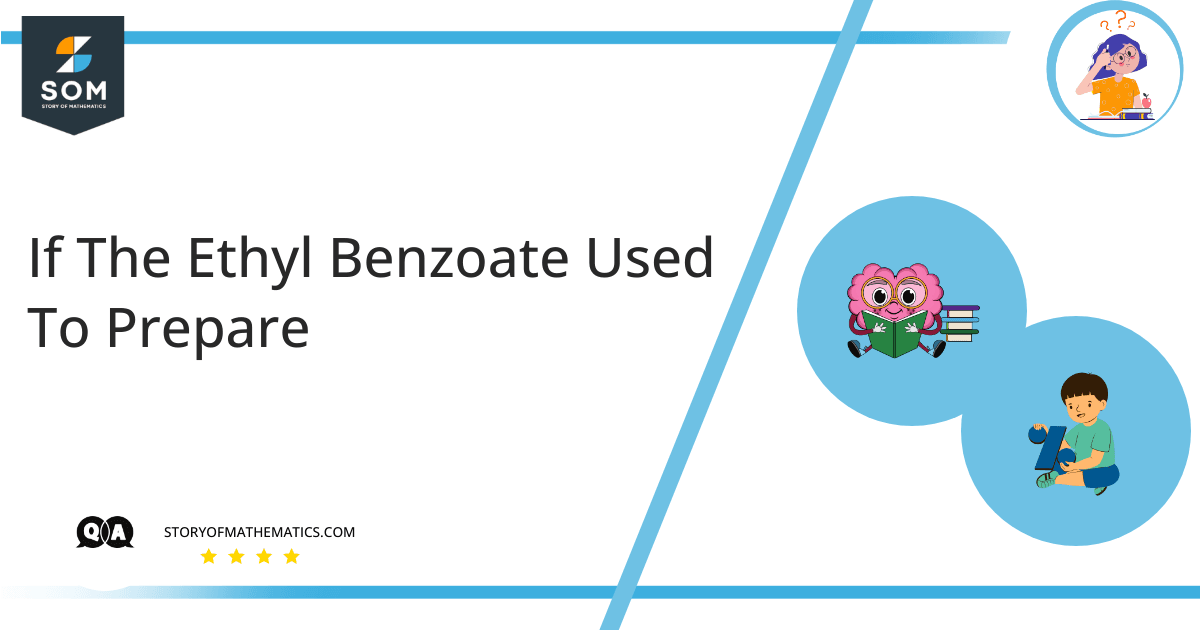
This problem aims to familiarize us with the preparation of triphenylmethanol, which is used for numerous purposes in the laboratory for testing and preparing various dyes and intermediate products. For this problem, everything roles around the core concepts of chemical reactions, products, and their preparation.
Now, Triphenylmethanol is basically an organic compound. Organic compounds are those which are made of carbon and hydrogen atoms. Triphenylmethanol is a white crystalline solid. Organic compounds only dissolve in organic substances, so it’s insoluble in water and petroleum ether but soluble in ethanol, benzene, and diethyl ether. In acidic solutions, it forms a strong yellow color because of steady triethyl carbocation.
Expert Answer
One of the most significant things you can accomplish is to make a mixture that has a distinct number of carbons in it than what you began with. The reaction in the problem is developed to make new compounds having additional carbon atoms in their arrangement.
The Grignard Synthesis is valuable for bonding additional carbons to molecules that contain a carbonyl carbon. Since the Grignard Synthesis utilizes a strong base as a go-between, any protic acids e.g. water and alcohol, must not be there, because the strong bases would recapitulate a proton $(H^{+})$ from these acids and evolve into non-functional as a Grignard Reagent.
Therefore, your reaction and reagents must be without water or other protic reagents.
Phenylmagnesium bromide is used to create either-benzoic acid by reacting with $CO_2$; dry ice or triphenylmethanol when reacted with ethyl benzoate. The organic part of the Grignard reagent operates as a strong basic nucleophile. After the reaction, the desired product alcohol is created after acidic hydrolysis.
\[R-O-MgBr\space +\space HCl\space\longrightarrow\space R-OH\space +\space MgBrCl\]
Numerical Result
The $H$ atom from the water molecule $H_2O$ will react with the Grignard reagent, creating a byproduct called Benzene $C_6H_6$.
Example
How do you synthesize Triphenylmethanol from Benzophenone and Phenylmagnesium Bromide?
First, we prepare triphenylmethanol:
–Dissolve $2.00 g$ of benzophenone or $(C_6H_5)_2CO$ in $15 mL$ of anhydrous diethyl-ether in a neat and waterless $100-mL$ round bottom flask, which contains a clamshell-shaped stirring rod. After that, put the round-bottom flask on a stirring hot dish and mix until all of the solid $(C_6H_5)_2CO$ has been liquefied.
–The next step is to secure a Claisen adapter. Now set a condenser column into the Claisen adapter in a straightforward sequence above the round flask.
–Next, set the Separatory funnel having $15 mL$ of phenylmagnesium bromide $C_6H_5MgBr$ into the flank component of the Claisen adapter.
–After that, start putting the Grignard reagent drop by drop from the Separatory funnel. Keep adding the Grignard gently to the dissolved benzophenone in the flask.
–While you are adding the Grignard reagent, mix the reactants of the reaction flask to evenly and uniformly blend its contents.
The last step is to cool the reaction solely if it is instructed to maintain the mildly exothermic reaction. Proof of reaction will show from the formation of a bright reddish-pink mixture which will ultimately pour as a bright white solid.
